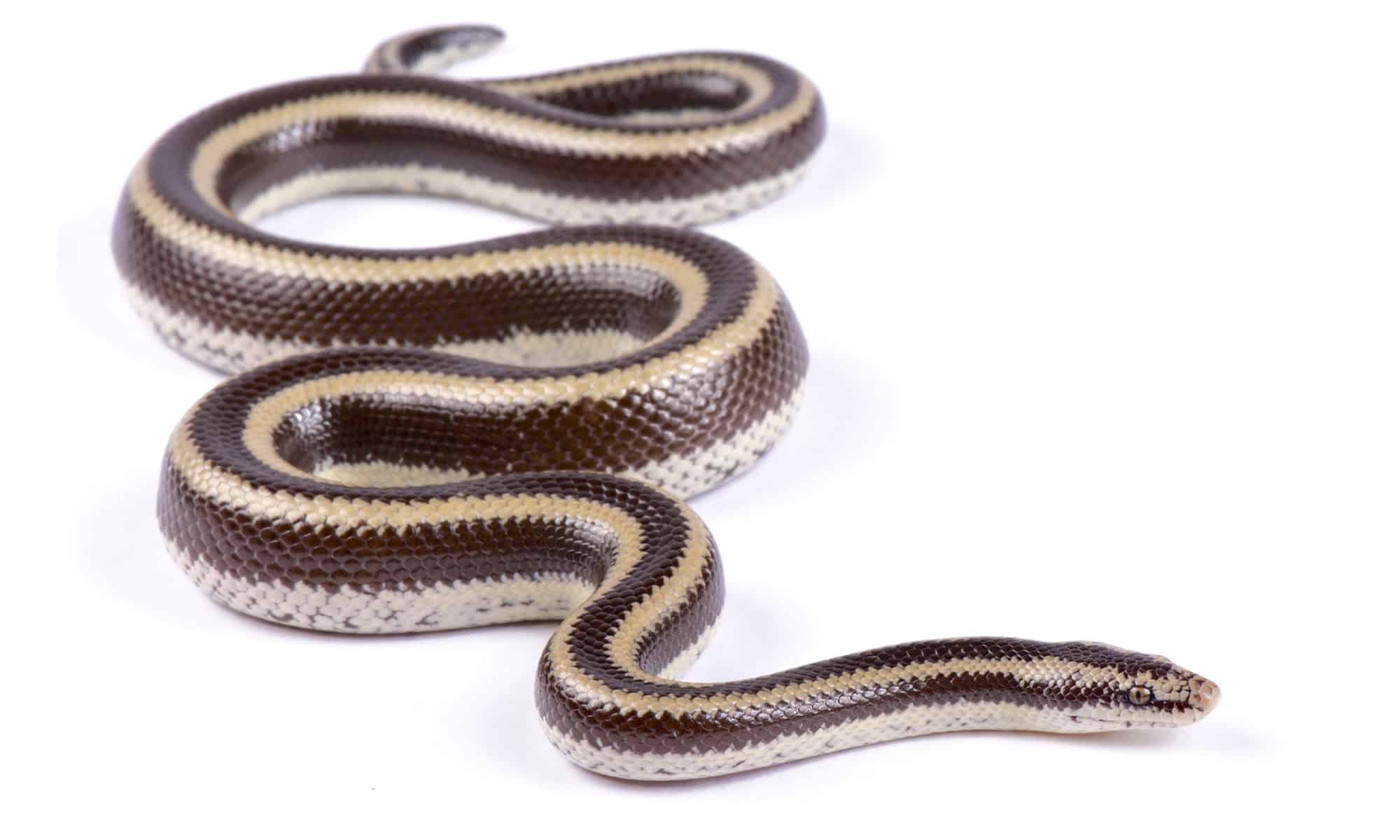
The Rosy Boa is a captivating snake species known for its beautiful coloration and gentle temperament. Native to the arid regions of the southwestern United States and Mexico, these boas have become popular pets among reptile enthusiasts. Their unique characteristics and intriguing behaviors make them a fascinating species to study and appreciate. In this article, we will explore eight intriguing facts about the Rosy Boa, shedding light on their habitat, diet, reproductive habits, and more. Whether you are a snake lover looking to expand your knowledge or simply curious about this amazing creature, get ready to delve into the world of the Rosy Boa and discover what makes them so interesting.
Key Takeaways:
- Rosy Boas are friendly and unique snakes with a love for burrowing and a diverse diet, making them fascinating pets for reptile lovers.
- With their long lifespan and stunning color variations, Rosy Boas are captivating creatures that require conservation efforts to protect their natural habitats.
Rosy Boa Unique Appearance
The Rosy Boa, scientifically known as Lichanura trivirgata, is a small non-venomous snake native to the Southwestern United States and Mexico. With its distinctive coloration and pattern, the Rosy Boa stands out among other snake species.
Rosy Boa Rosy Personality
Rosy Boas are known for their docile and friendly nature, which makes them great pets for reptile enthusiasts. They are not aggressive and rarely bite, making them a popular choice for snake lovers.
Rosy Boa Avid Burrowers
One interesting behavior of Rosy Boas is their love for burrowing. They spend a significant amount of time underground, creating tunnels and hiding in crevices. This adaptation helps them regulate their body temperature and provides them with protection from predators.
Rosy Boa Varied Diet
Rosy Boas have a diverse diet consisting of small mammals, birds, and reptiles. They are opportunistic hunters and possess the ability to constrict their prey. This flexibility in their food choices ensures their survival in different environments.
Rosy Boa Live Birth
Unlike most snakes, Rosy Boas give birth to live young rather than laying eggs. The average litter size ranges from 2 to 10 babies, depending on the age and size of the female. This reproductive characteristic adds to the uniqueness of the Rosy Boa species.
Rosy Boa Long Lifespan
Rosy Boas have an impressive lifespan for a snake species, with some individuals living up to 30 years in captivity. With proper care and attention, they can thrive for many years, becoming cherished companions for their owners.
Rosy Boa Wide Range of Color Morphs
One of the fascinating features of Rosy Boas is their wide range of color morphs. From the classic rosy pink with brown stripes to vibrant oranges, yellows, and even albino variations, these snakes exhibit stunning color variations that captivate snake enthusiasts.
Rosy Boa Conservation Status
While the Rosy Boa is not considered endangered, certain populations are at risk due to habitat loss and habitat fragmentation. Conservation efforts are underway to protect their natural habitats and ensure the long-term survival of this magnificent species.
Conclusion
Rosy boas are incredible creatures with unique characteristics and behaviors. Their ability to adapt to different environments, their gentle and docile nature, and their fascinating reproductive strategies make them a captivating species to study and appreciate. Whether you are a reptile enthusiast or simply intrigued by the wonders of nature, the Rosy boa is definitely a snake that deserves your attention.
FAQs
Q: Are Rosy boas venomous?
A: No, Rosy boas are non-venomous. They are harmless to humans and pose no threat.
Q: What do Rosy boas eat?
A: Rosy boas primarily consume small rodents, such as mice and rats, as well as small lizards. They are carnivorous snakes.
Q: How big do Rosy boas get?
A: Rosy boas are relatively small snakes, typically reaching lengths of 2 to 4 feet when fully grown. Females are usually larger than males.
Q: Are Rosy boas good pets?
A: Yes, Rosy boas can make great pets for reptile enthusiasts. They are docile, easy to handle, and relatively low-maintenance.
Q: Do Rosy boas require any special care?
A: Rosy boas need a suitable enclosure with proper temperature and humidity levels. They also require a balanced diet and regular check-ups with a reptile veterinarian.
Q: Where can I find Rosy boas in the wild?
A: Rosy boas are native to the southwestern United States and northern Mexico. They can be found in a variety of habitats, including deserts, grasslands, and rocky slopes.
Q: How long do Rosy boas live?
A: Rosy boas have an average lifespan of 15 to 20 years in captivity, but they can live longer with proper care.
Q: Are Rosy boas endangered?
A: Rosy boas are not currently listed as endangered. However, habitat loss and illegal collection for the pet trade pose threats to wild populations.
If you're fascinated by rosy boas, why not explore the captivating world of herpetology? Discover amazing facts about reptiles and amphibians, from their unique adaptations to their vital roles in ecosystems. For those interested in keeping unusual companions, our article on exotic pet ownership provides essential insights and tips. And if you can't get enough of scaly creatures, don't miss our collection of the most astonishing reptile facts that will leave you in awe of these incredible animals.
Was this page helpful?
Our commitment to delivering trustworthy and engaging content is at the heart of what we do. Each fact on our site is contributed by real users like you, bringing a wealth of diverse insights and information. To ensure the highest standards of accuracy and reliability, our dedicated editors meticulously review each submission. This process guarantees that the facts we share are not only fascinating but also credible. Trust in our commitment to quality and authenticity as you explore and learn with us.


